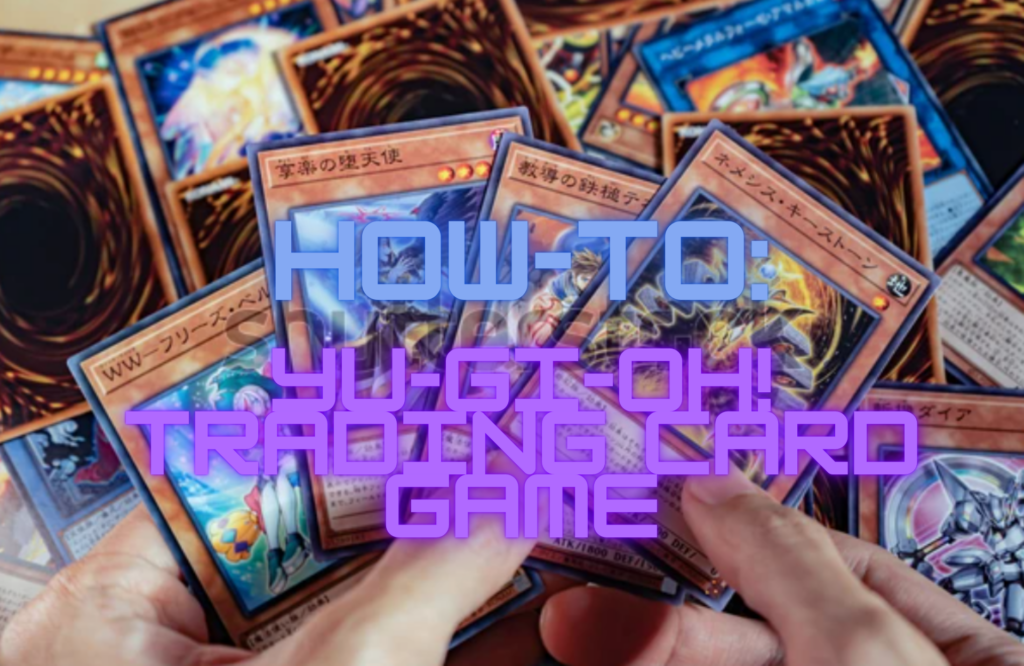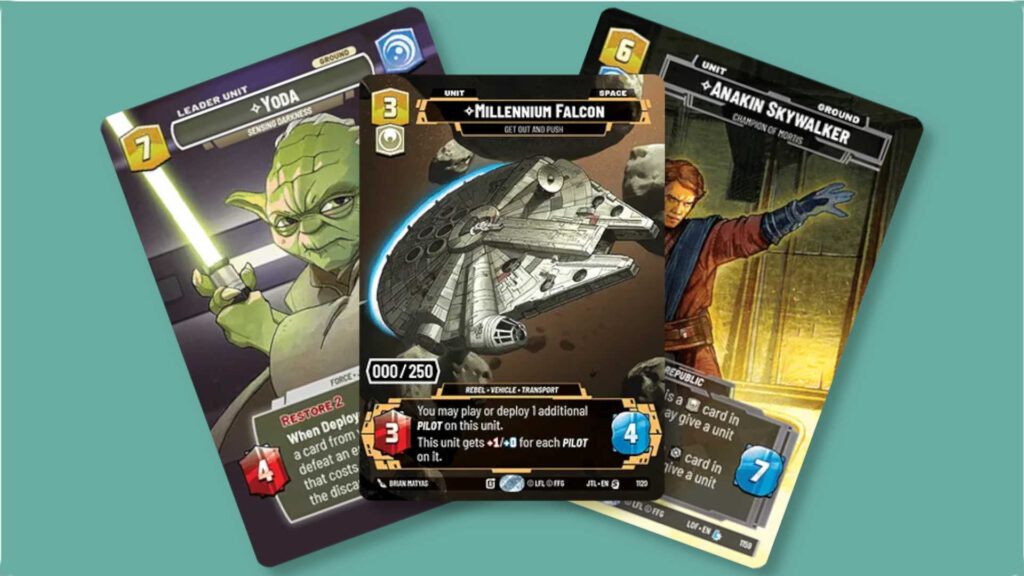The Yu-Gi-Oh! Trading Card Game (TCG) is best described as stepping into a world where strategy meets imagination. How do you even begin? What works best for me? What am I missing? Thankfully, Yu-Gi-Oh!‘s TCG is not as complicated as it might seem. Simply put, in Yu-Gi-Oh! two players engage in a duel, or battle, to get their opponent’s life points (LP) from 8,000 to zero. To do so, the game has various card types and mechanics players can dive into. Let’s dive in and learn how to play the Yu-Gi-Oh! TCG.
Let’s Talk About Yu-Gi-Oh! Decks
Players will need a main deck consisting of 40 to 60 cards. If this is your first time, starting with a preconstructed Starter or Structure Deck can provide a solid foundation! Having an extra deck and a side deck will also be beneficial for players. Both an extra Deck and a side Deck will hold up to 15 additional cards. Your extra seck will hold Xyz monsters, Synchro monsters, and Fusion monsters. The extra deck and side deck cards don’t count towards the 40-card minimum limit of your main deck.
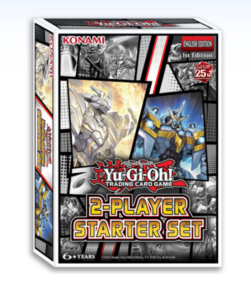
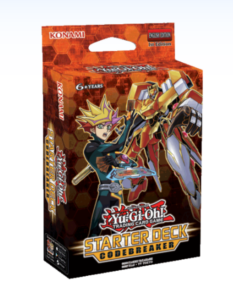
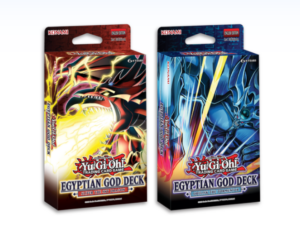
What Is a Side Deck?
This is a separate deck of cards a player can use to change their deck during a match. After each duel in a match, the player can swap a card from their side deck with a card from their main deck and/or extra deck to customize their strategy against their opponent. The number of cards in your side deck can’t go over 15 though! The number of cards in your side deck before and after you swap any cards has to be the same.
Monster Cards and Spell Cards – What Are They?
Monsters are usually considered the backbone of strategy in Yu-Gi-Oh!. Each monster type has a unique summoning requirement and abilities. For example, Fusion monsters require specific cards to combine, while Synchro monsters need tuners and non-tuner monsters. Spells and traps will then add depth to your gameplay. Spell cards can be played during your turn for immediate effects, such as boosting your monsters or drawing extra cards. Trap cards, on the other hand, are set face-down and can be activated during your opponent’s turn.

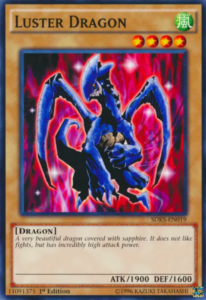

How Do We Set Up the Yu-Gi-Oh! Battlefield?
The first thing to know about Yu-Gi-Oh is the game mat structure. What is a game mat? Essentially, the game mat helps you organize your cards during a duel. When you use your cards, you’ll place them on the game mat, and different kinds of cards will be placed in different zones. Each duelist needs their own game mat, where you’ll place them together while dueling. This combined space is known as “the field.” The cards you control are the cards on your side of the field. You can also duel without using the game mat, as long as you remember to put your cards in the right place.
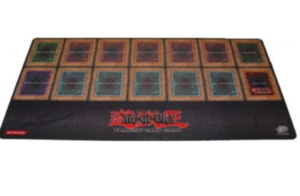
The mat is divided into zones, each designated for different card types:
- Monster zones: where your summoned monsters reside. You can have up to five cards here.
- Spell and trap zones: for your spell and trap cards. You can have up to five cards here.
- Deck zone: the home of your main deck.
- Graveyard: a discard pile for used cards.
- Extra deck zone: for Fusion, Synchro, Xyz, and Link monsters.
- Field zone: for field spell cards that affect the entire battlefield. You can have one card here.
Now It’s Time to Duel
Duels are played in sets of three, which is called a match, and the winner will have 2-out-of-3 wins within the match. A player wins a duel if they can reduce their opponent’s LP to zero, if their opponent is unable to draw a card, or if a card’s special effect says the player wins. If you and your opponent both reach zero LP at the same time, the duel will result in a draw.
The Phases of a Yu-Gi-Oh! Turn
- Draw phase: draw one card from your deck.
- Standby phase: a preparation phase; certain card effects will activate here.
- Main phase 1: summon monsters, set spells/traps, and activate card effects.
- Battle phase: declare attacks on your opponent’s monsters or directly on your opponent if they have none.
- Main phase 2: similar to main phase 1; set up defenses or additional plays.
- End phase: conclude your turn; some card effects may activate here.
The Main Phase
The world is your oyster when it comes to the main phase, where you have a few different options to set up your strategy. Players can choose to enact a normal summon or to set one monster per turn by placing it onto the field in attack or defense position. If you want to summon higher-level monsters, players must perform what is referred to as a tribute summon. A tribute summon involves offering one or more monsters on your side of the field as a “tribute.” Level 4 or below monsters can be normal summon or set, unless the card prohibits it or has a special condition stating otherwise. Level 5 or 6 monsters require one tribute, and Level 7 or higher monsters require two tributes.
For spell cards, they can be activated directly from the hand during this phase, as long as you have an open spell and trap zone. These cards can have immediate effects, such as increasing a monster’s ATK, drawing additional cards, or destroying an opponent’s card. Once you’ve activated your card of choice, spell cards typically resolve their effects and are then sent to the graveyard.
The Battle Phase
When it comes to the battle, a player starts by selecting one monster on their side of the field to attack with, and one of their opponent’s monsters as their attack target, and then declare the attack. If your opponent doesn’t have any monsters on the field, you can attack the opponent directly. Each face-up attack position monster you control is allowed one attack per turn. A player doesn’t have to attack with a monster if they don’t want to!
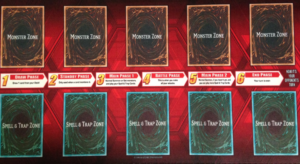
After a player has announced their attacking monster and the opponent’s target monster during a battle step, the attack target might be removed from the field, or a new monster may be played onto the opponent’s side of the field before the damage step, due to a card’s effect. This causes a “replay.” When this happens, you can choose to attack with the same monster again or you might choose to attack with a different monster. If you do attack with a different monster, the first monster is still considered to have declared an attack, and the original monster won’t be able to attack again this turn.
How or When Do You Calculate Damage?
After the battle, you’ll head to the damage step of the process, where the players calculate the result of the battle and whatever damage has been done. After the damage is done, the attacking player returns to the battle step and repeats. Let’s break this down a bit further.
During the battle phase, when a monster attacks, the game proceeds through the damage step, which includes damage calculation, as previously mentioned. If an attacking monster’s ATK exceeds the opposing monster’s ATK (in attack position) or DEF (in defense position), the opponent’s monster is defeated.
If the attacked monster is in attack position and has lower ATK, the difference is inflicted as battle damage to its controller’s life points. However, if the attacked monster is in defense position and its DEF surpasses the attacking monster’s ATK, the attacking player takes damage equal to the difference.
Here’s a helpful chart for determining which player take damage in combat and which monsters are destroyed:
| Attacking a monster in attack position | |
| Attacking monster’s ATK less than attack target’s ATK | Controller of attacking monster takes damage equal to the difference in ATK. Attacking monster is destroyed. |
| Attacking monster’s ATK is equal to attack target’s ATK | Neither player takes damage, both monsters are destroyed (unless their ATK are both zero) |
| Attacking monster’s ATK is greater than attack target’s ATK | Controller of attack target takes damage equal to the difference in ATK. Attack target is destroyed. |
| Attacking a monster in defense position | |
| Attacking monster’s ATK less than attack target’s DEF | Controller of attacking monster takes damage equal to the difference between attacker’s ATK and attack target’s DEF. Neither monster is destroyed. |
| Attacking monster’s ATK is equal to attack target’s DEF | Neither monster is destroyed. Neither player takes damage. |
| Attacking monster’s ATK is greater than attack target’s DEF | Neither player takes damage (unless attacking monster has piercing). The attack target is destroyed. |
It’s important to note that damage to life points doesn’t affect a monster’s presence on the field. Monsters don’t have cumulative damage. Each battle is an independent event, and any damage calculations reset afterward. So, until a monster is defeated in battle or from a card effect, they will still remain on the field! Once a monster is defeated, they will then be sent to the graveyard at the end of the damage step.
Go Play Yu-Gi-Oh!
One of the best things about the Yu-Gi-Oh TCG is there are so many options, and so many things you can learn whenever you’re in doubt. Yu-Gi-Oh’s! website also has an in-depth, user-friendly rulebook that is a helpful guide to conquering your duel like a boss.

